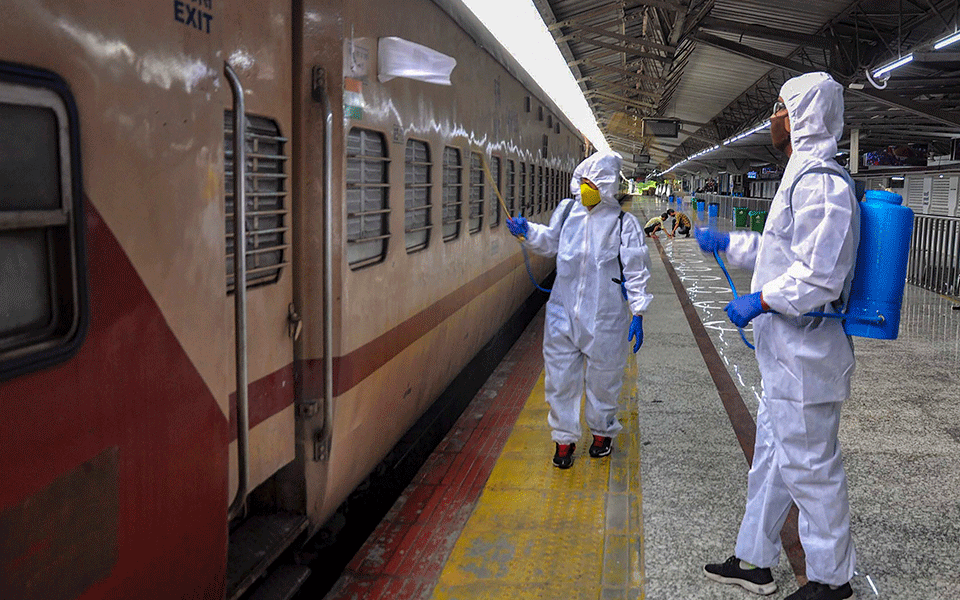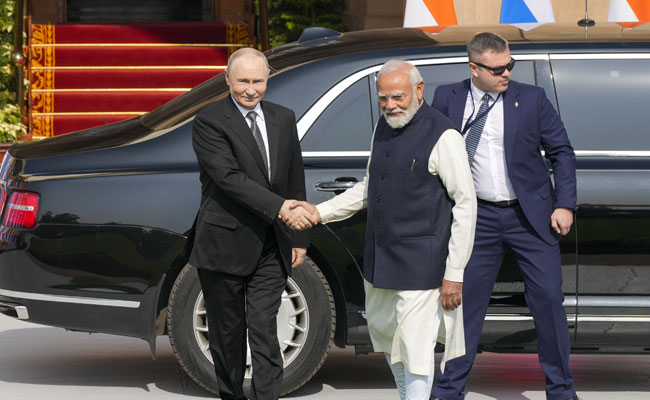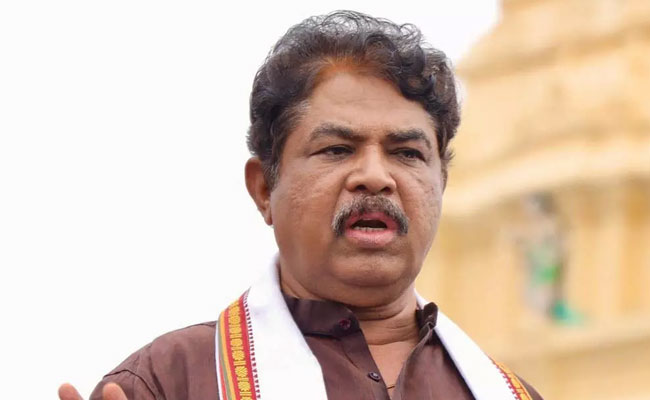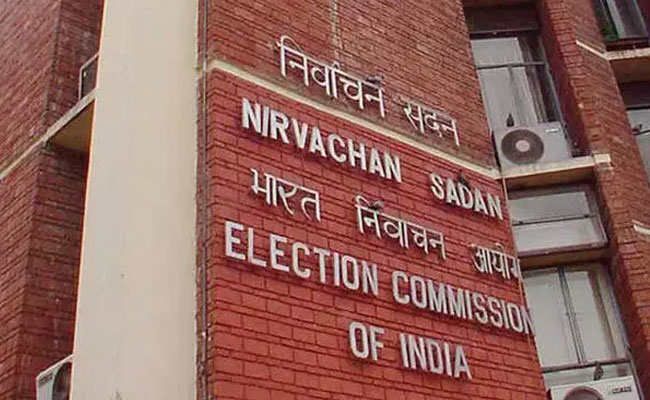We have heard horror stories of partition, stories of how trains carried dead bodies of people reaching their destinations on both sides of the border. We have read equally unnerving stories about how, during Hitler’s regime, Jews died of suffocation in railway bogies. Such shocking stories are now repeating in India during these times of the Coronavirus.
According to a report, in the two months, since the lockdown was imposed, the official number of migrant laborers who died due to suffocation is 251. Of these, 81 laborers died in Shramik trains organized by the Centre to help them reach their destination. The remaining 170 laborers died when they were trying to reach their hometowns using different modes of transport. Recently, two bodies of laborers were recovered from the toilet of a Shramik train with health officials estimating the death to have occurred two days before. Some also lost their lives on railway tracks, while others died in road accidents. Many more died of hunger on their way back home.
Any comparison of this humane tragedy of the migrant laborers with the tragedy after the partition is bound to raise questions about the fairness in such a comparison. Partition and the tragedy in its aftermath were due to the injustice meted out by the British. Also, a democratic government was not yet firmly in place in the country. Migrants of both countries sacrificed their lives in trying to determine the country to which they belonged. In the present lockdown situation, however, the laborers who lost their lives in such heart-wrenching conditions did not come to India from other countries but were the ‘others’ in their very own land.
The tragedy of these migrant laborers started two months ago when the government imprisoned them in different cities without food and water by announcing a sudden nation-wide lockdown. The laborers pleaded with the government for months to either provide them with food and housing facilities or allow them to return to their hometowns. During this period, they faced the wrath of the police and suffered their brute force in the form of lathis when they resorted to protests in cities such as Delhi, Mumbai, and Surat.
Having lost confidence in the government and as a last resort, they started walking back to their hometowns. This padayatra was almost like a grim reminder of the pre-independence Gandhi-led dandiyatra. As they marched home, they were in constant fear of the government and the police as if they were aliens.
The lockdown has brought to light the lives of the laborers whose existence the government was blissfully unaware of while announcing the lockdown. Perhaps, this is the segment of the population that the Centre wanted to send to detention centers under the National Register of Citizenship (NRC) project. The lockdown, inadvertently, appears to be a precursor to how people, who cannot submit documentary evidence to prove their birth and citizenship in a country and who don’t belong anywhere else, can be treated as ‘others’ in their own country.
The intervention of the Supreme Court in the migrant labor crisis came a little too late. By the time it intervened and asked the governments not to collect travel fare from these laborers and directed them to provide food, many state governments had collected fares – sometimes exorbitant as in the case of Karnataka –and many of the laborers had already reached their homes. Should an elected government wait for court directions to protect its own people? The apathy of the governments has succeeded in alienating these laborers from the mainland.
It is not as if the Supreme Court’s directive is providing any relief or a solution to the problems faced by migrant laborers as their social problems have just begun. These laborers, who were confident that their native villages would welcome them, provide them with a sense of security, and not let them down, are beginning to realize that their villages are not what they were. It’s another matter that if these towns and villages could meet their various economic and social needs, such large-scale migration to the urban living hellholes would not have taken place in the first place.
Many of these people seek work in cities and urban areas not just for economic reasons but also to escape social evils such as caste and class. Laborers who move to cities in search of livelihood invariably belong to lower castes. And this segment of the population, which was till now facing humiliation due to their caste status in their villages, is now facing discrimination and stigma because of the Coronavirus. Shramik trains that are transporting laborers to their hometowns are now called ‘Corona Express’. Back in their villages, their very presence is being viewed with suspicion as they are seen as harbingers of Corona. This is nothing but another form of untouchability practiced in the garb of protecting oneself from the virus. So far, no details are available about the measures that the government has taken to provide these laborers with a sense of security in their hometowns.
Reports of cruelty meted out by villagers including government staff against the migrant laborers are many. Often, families are not letting them home. Incidents of these outcasts living on trees, in public toilets, and open spaces as villages don’t have proper quarantine facilities are coming to light. Many are being physically attacked.
While the rest of India considered rich with its values and culture is hiding inside home fearing the Corona Virus, these hapless migrants are spending their days in constant fear of various viruses of hatred. For them, Coronavirus is not as much as a threat as economic distress and social isolation. These laborers, who traveled from far off cities to reach their villages yearning for safety and security in their homes, should be allowed to live with dignity and without fear. The government should immediately try to find ways of preventing cruelty meted out in the form of caste and class. This is as important as discovering the vaccine against the Coronavirus.
Let the Truth be known. If you read VB and like VB, please be a VB Supporter and Help us deliver the Truth to one and all.
Mumbai (PTI): Aviation watchdog DGCA on Friday eased the flight duty norms by allowing substitution of leaves with a weekly rest period amid massive operational disruptions at IndiGo, according to sources.
As per the revised Flight Duty Time Limitations (FDTL) norms, "no leave shall be substituted for weekly rest", which means that weekly rest period and leaves are to be treated separately. The clause was part of efforts to address fatigue issues among the pilots.
Citing IndiGo flight disruptions, sources told PTI that the Directorate General of Civil Aviation (DGCA) has decided to withdraw the provision 'no leave shall be substituted for weekly rest' from the FDTL norms.
ALSO READ: 49 Indigo flights likely to be cancelled from Hyderabad
"In view of the ongoing operational disruptions and representations received from various airlines regarding the need to ensure continuity and stability of operations, it has been considered necessary to review the said provision," DGCA said in a communication dated December 5.
The gaps in planning ahead of the implementation of the revised FDTL, the second phase of which came into force from November 1, have resulted in crew shortage at IndiGo and is one of the key reasons for the current disruptions.
#BREAKING: #DGCA relaxes a clause which debarred airlines to club leaves with weekly rest to mitigate #IndiGo crisis
— Economic Times (@EconomicTimes) December 5, 2025
🔴 Catch the day's latest news here ➠ https://t.co/8eVBGnsJUA 🗞️ pic.twitter.com/KUWc8R2Kso





